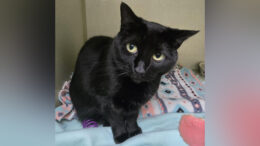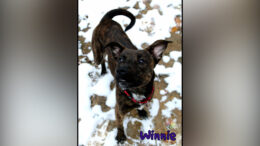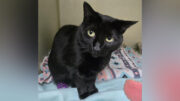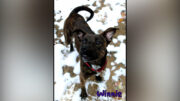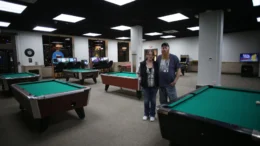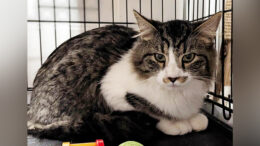For the first time, UPMC Northwest has released data on the use of Narcan in its emergency department.
A total of 17 fatal drug overdoses were prevented this year with the opioid reversal drug, the report said.
UPMC Northwest has been collecting data on the use of Narcan in its hospital for some time but the figures have never been released publically, said Heidi Boitnott, unit director of the emergency department.
Boitnott volunteered to submit this data to Venango County’s Drug Overdose Task Force, whose members got a look at the figures at their meeting last week.
“Narcan has become such a hot topic lately,” Boitnott said in an interview.
Narcan (naloxone) is a reversal drug that can prevent overdoses from opiates such as heroin and prescription painkillers. In the hospital, it is given intravenously, but Narcan is also available in an injection form and a nasal spray.
The hospital’s Narcan report includes usage data from January, February and March. It includes a notation of 17 administrations of Narcan in the emergency department, either by staff there or by a first responder before a person came to the hospital.
In one instance, Narcan was given by a family friend to a person who was overdosing from morphine before that person came to the ER.
Breaking the report down, Narcan was given about five times per month in the hospital’s emergency department. That number is about average for a hospital the size of UPMC Northwest, said Jennifer Belavic, director of pharmacy.
According to the report, Narcan was used in the hospital’s ER to prevent fatal overdoses from Vicodin, Dilaudid and fentanyl – all opioids.
Narcan was also used in some other cases where the person overdosed from non-opioids such as clonazepam and baclofen. Giving Narcan in these instances can help rule out opioid overdose and is not harmful to patients, Belavic said.
All emergency department staff are trained to use Narcan. Families of loved ones who overdose will leave the hospital with a Narcan atomizer kit and instructions, Belavic said.
Narcan works almost in an instant, Boitnott said. People come to the hospital not breathing and end up walking out, she said. One of the hallmark symptoms of opioid overdose is difficulty breathing.
The same thing happens when people use the Narcan nasal spray outside of the hospital, Belavic said.
“It’s a very, very safe drug,” she said.
A standing order allows any Pennsylvania resident to obtain Narcan from a participating pharmacy. Paramedics have long carried the reversal drug and now other first reponders are carrying it as well.
“You can actually save a life before you have to call 9-1-1,” Belavic said.
On Friday, UPMC Hamot in Erie handed out nearly 70 Narcan kits to local police departments, said Karen Beardsley, media relations manager.
Gov. Tom Wolf also announced recently that his administration was partnering with Adapt Pharma to provide a free carton of Narcan nasal spray to all public schools in Pennsylvania.





